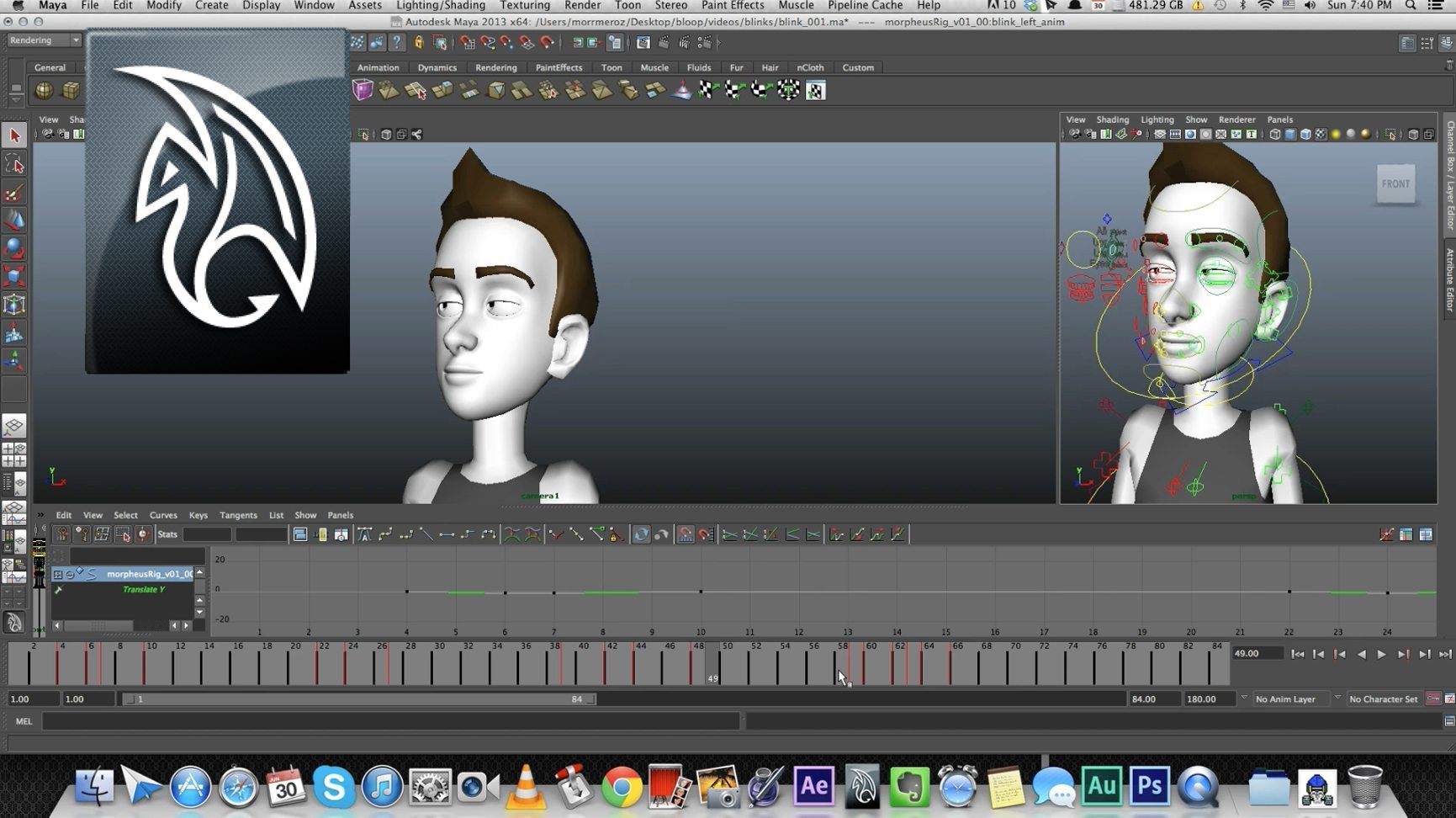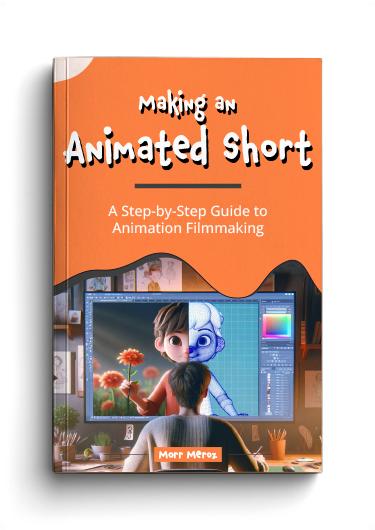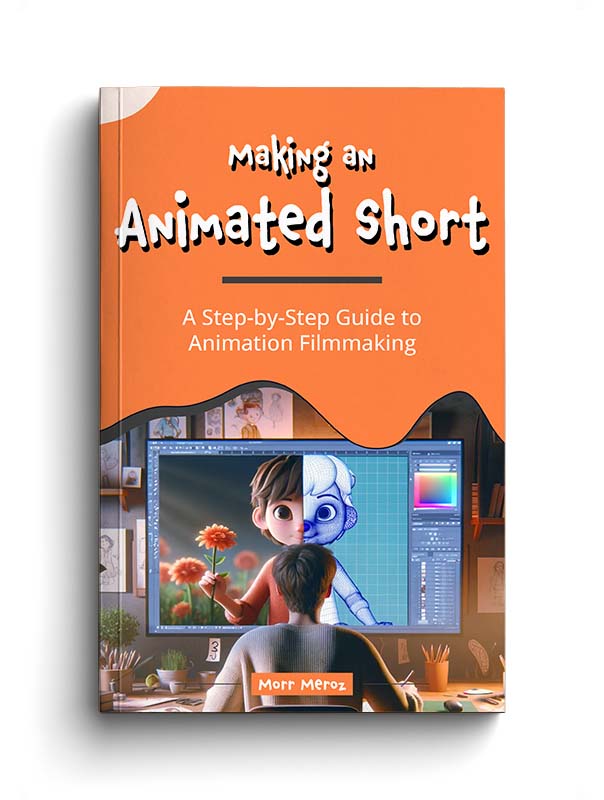How to animate blinks and eye darts
Blinking and eye movements gives life to a character, even when it’s standing still. Each animator develops his/her own blinking style, but in this video I’ll show you some of my bread and butter blinks and eye darts that never fail.
If you want to learn more about character animation in Maya, check out our Maya Animation Course.
And if you want the basics – he is our Animation Foundations course.
The video covers:
- Reasons for blinking.
- 4 types of blinks.
- Eye darts.
Why do we blink?
A blink is not a random thing. Yes, we sometimes blink because our eyes are dry, but there are a few universal reasons for blinking that an animator needs to be aware of:
Head turn.
Try this right now: look to your left and then quickly look to you right. Did you blink? Odds are you did. A head turn (or any fast head movement) would almost always get us to blink.
A change of thought
When a character realizes something or thinks of a solution to a problem, a blink would emphasize it and convey that emotion.
Staring
After a long lingering look a blink can help keep things alive.
Types of blinks
1) Regular blink
Closing lids (2 frames) hold eyes closed (1 frame) opening lids (3 frames).
uses:
- Staring
- Head movement
- Character is bored
- Keeping the character alive
2) Fast blink
Closing lids (2 frames) opening lids (3 frames)
uses:
- Character is anxious
- Something went past the character’s face
- Character is angry
3) Long blink
Closing lids (3 frames) hold eyes closed (2 frames) opening lids (4 frames)
uses:
- Long head movement
- Change of thought
4) Eye batting
Close lids 3/4 (1 frame) opening lids (2)
uses:
- Flirting
Eye movement
Darts
Eye darts are those quick movements of the pupils. They usually take 3 frames: The original position of the pupil, a transitional frame, and the ending position. there are 3 types of eye darts that I use:
- Left to right
When a character is having a conversation, the left to right eye darts convey the character is looking at his partner’s eyes while they talk.
- Up and down
When a character is sizing up the person they’re talking to. It can be used when a character is dismissive or fearful.
- Triangle
When entering a new place, the triangle eye dart goes from left to right and then up (forming a triangle shape) conveying that the character is examining the room or the environment around them.
Changing point of interest
This eye movement occurs when a character is shifting his gaze from one point of interest to another. This should take 3-4 frames.
Bonus video: The Pixar Blink:
Making an Animated Short (FREE ebook)
A free ebook covering the process of making an animated short film from start to finish.



